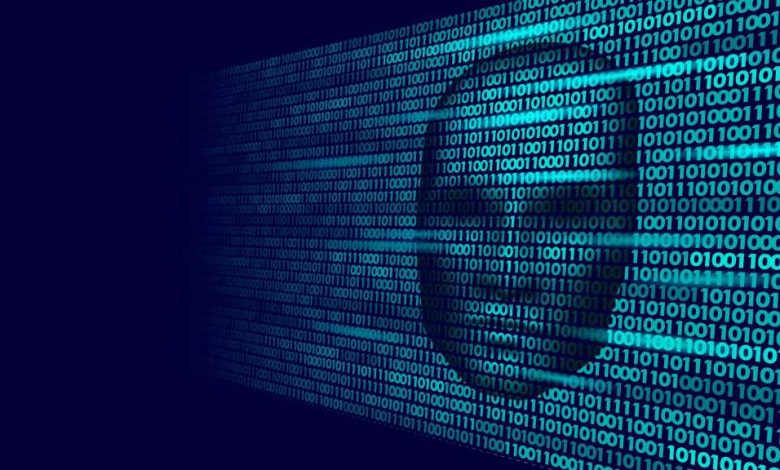Java app security would get a boost through quantum resistance


Java software safety can be enhanced by a few proposals to withstand quantum computing assaults, one plan involving digital signatures and the opposite key encapsulation.
The 2 proposals reside within the OpenJDK JEP (JDK Enhancement Proposal) index. One proposal, titled “Quantum-Resistant Module-Lattice-Based mostly Digital Signature Algorithm,” requires enhancing the safety of Java functions by offering an implementation of the quantum-resistant Module-Latticed-Based mostly Digital Signature Algorithm (ML-DSA). Digital signatures are used to detect unauthorized modifications to information and to authenticate the identification of signatories. ML-DSA is designed to be safe towards future quantum computing assaults. It has been standardized by america Nationwide Institute of Requirements and Know-how (NIST) in FIPS 204.
The opposite proposal, “Quantum-Resistant Module-Lattice-Based mostly Key Encapsulation Mechanism,” requires enhancing software safety by offering an implementation of the quantum-resistant Module-Lattice-Based mostly Key Encapsulation Mechanism (ML-KEM). KEMs are used to safe symmetric keys over insecure communication channels utilizing public key cryptography. ML-KEM is designed to be safe towards future quantum computing assaults and has been standardized by NIST in FIPS 203.








